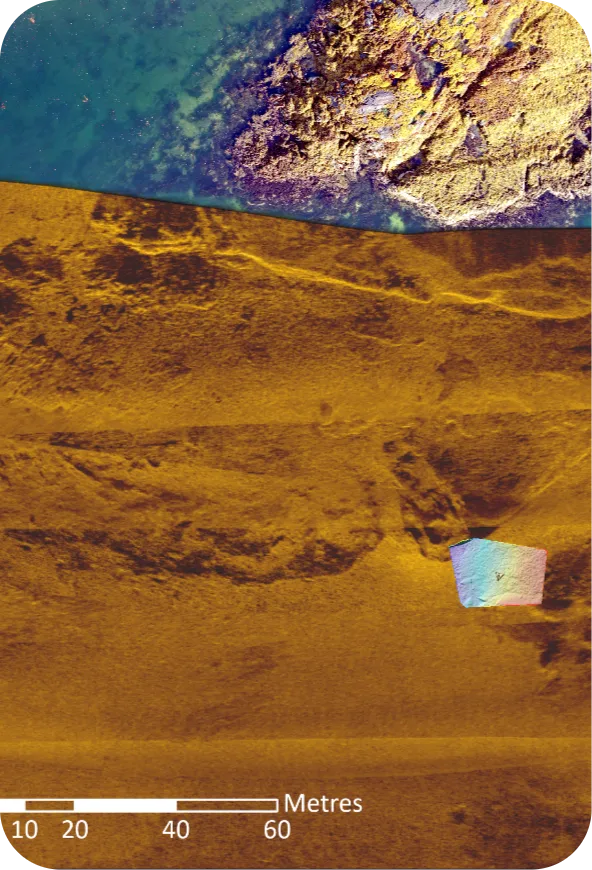
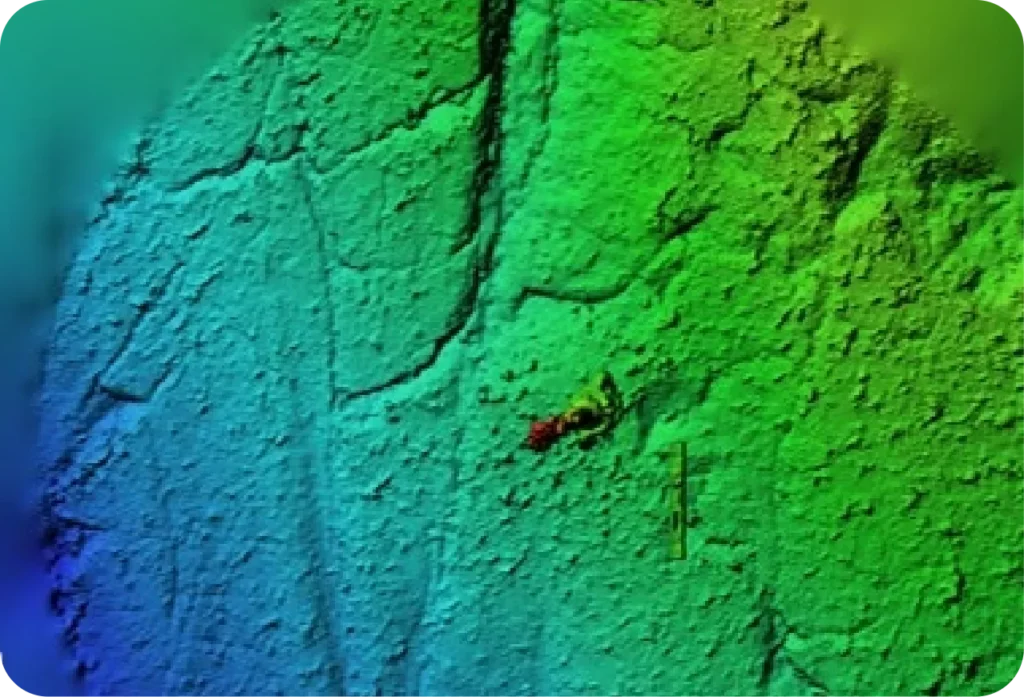
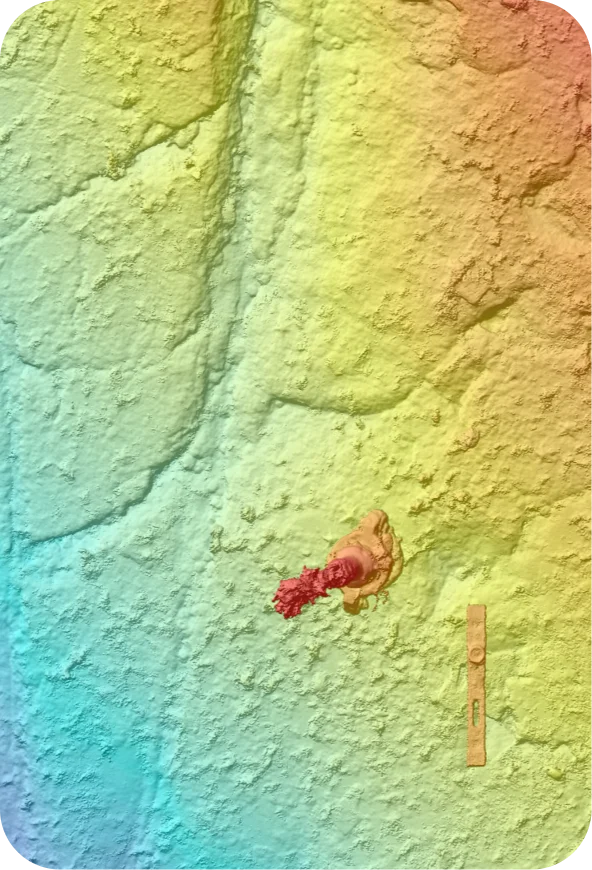
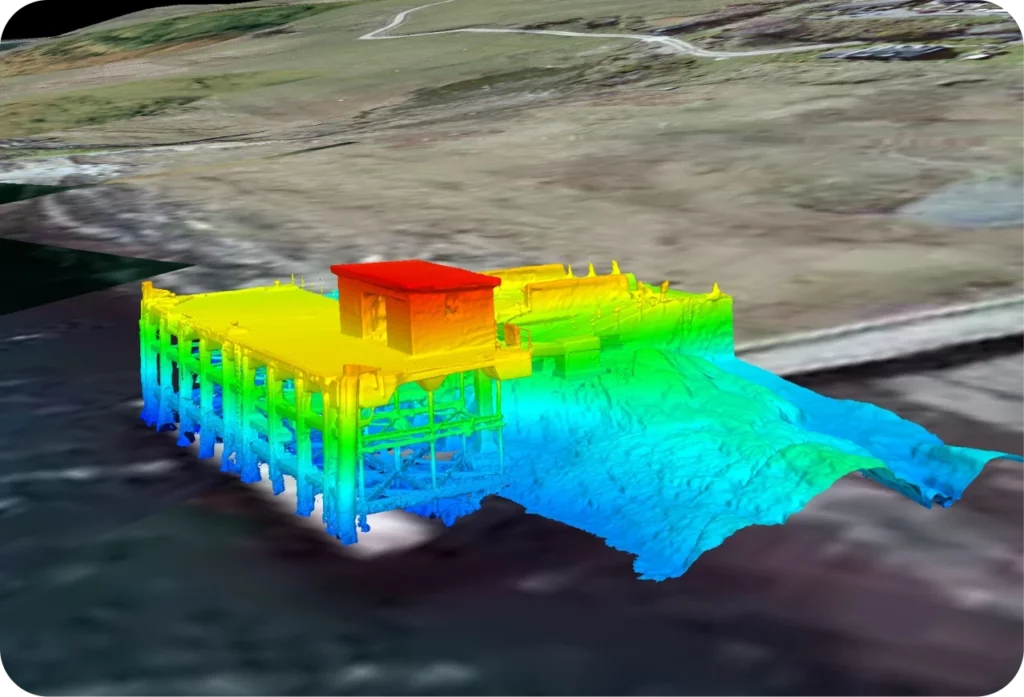
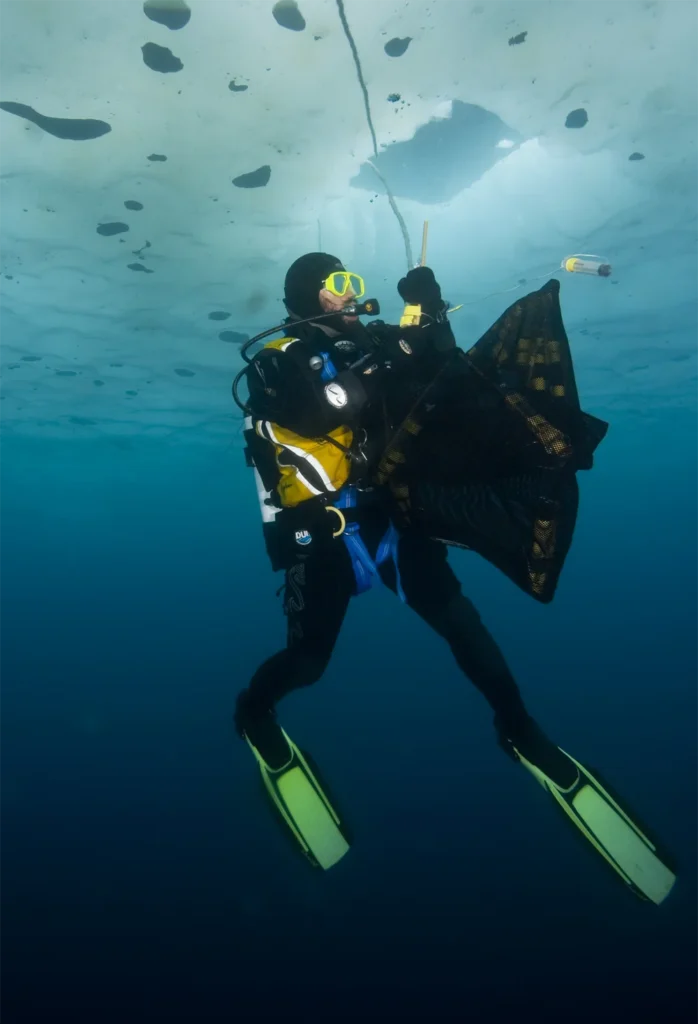
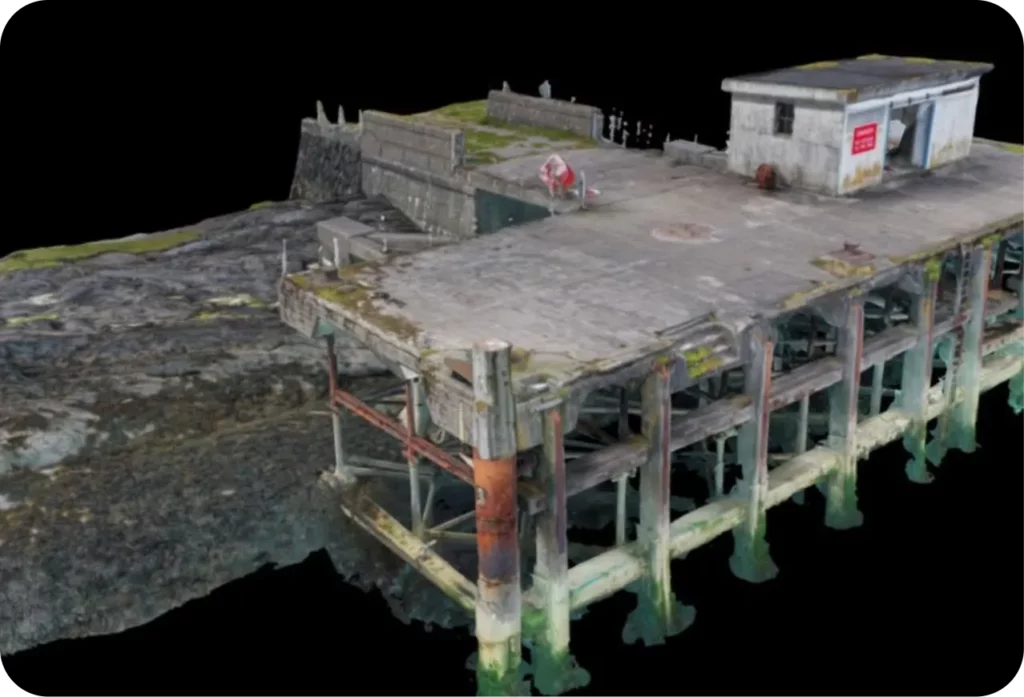
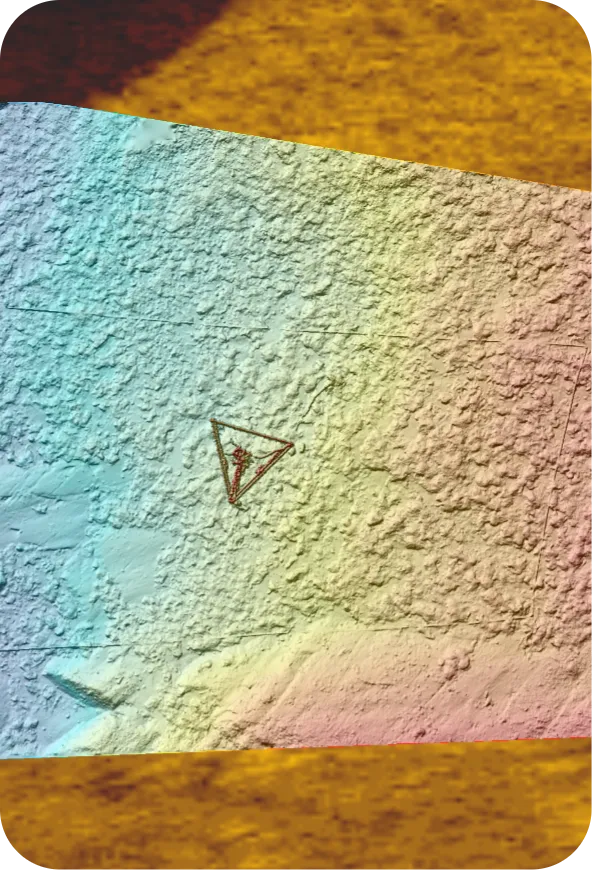
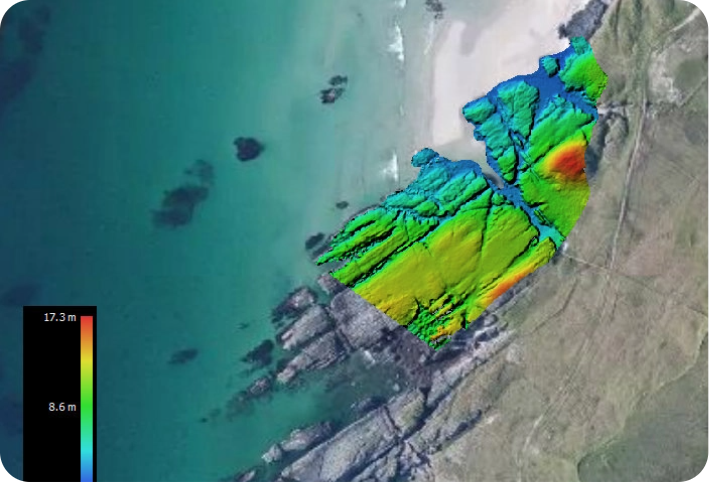
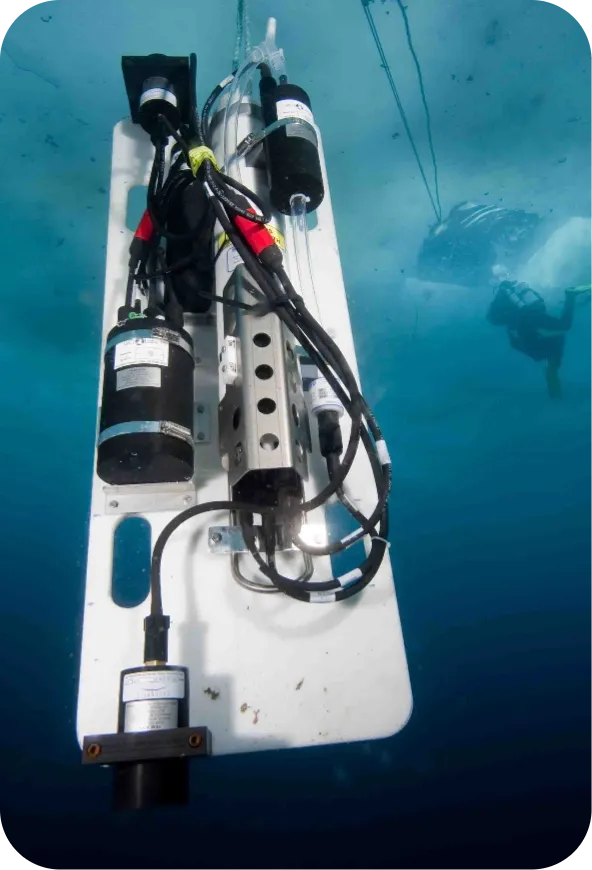
Underwater photogrammetry involves applying photogrammetric techniques to capture and analyse images taken beneath the water’s surface. It is used to create 3D models of underwater environments, objects, and marine life.
Similar to traditional photogrammetry, underwater photogrammetry relies on the analysis of images taken from different perspectives. Specialised cameras and techniques are used to address challenges such as light absorption, refraction, and distortion in the underwater environment.
Underwater photogrammetry finds applications in marine biology, underwater archaeology, coral reef monitoring, habitat mapping, pipeline inspection, and environmental assessments. It is also used to document and study shipwrecks and underwater cultural heritage.
Underwater photogrammetry requires waterproof cameras or specialised underwater camera housings. Drones equipped with underwater cameras may also be used. Lighting equipment, such as underwater strobes or video lights, is essential to overcome the challenges of limited visibility.
Yes, consumer-grade underwater cameras can be used for basic underwater photogrammetry. However, for more precise and professional applications, dedicated underwater photogrammetry systems with calibrated cameras are recommended.
Challenges include light attenuation, colour distortion, turbidity, and the need to compensate for the refractive properties of water. Accurate camera calibration and careful consideration of environmental conditions are crucial for obtaining reliable results.
Photogrammetry software such as Agisoft Metashape, Pix4D, and RealityCapture can be adapted for underwater use. Some software solutions offer specific tools for processing underwater images and compensating for the unique challenges posed by the aquatic environment.
Yes, underwater photogrammetry is valuable for ecological monitoring, enabling researchers to assess coral health, track changes in marine ecosystems, and study the behaviour and population dynamics of underwater species.


© 2020 - 2024Tritonia Scientific Ltd. All rights reserved.
Website by Derw
Registered in Scotland No.SC587673

Fill in the form below and we’ll get back to you once we’re dry and on land.